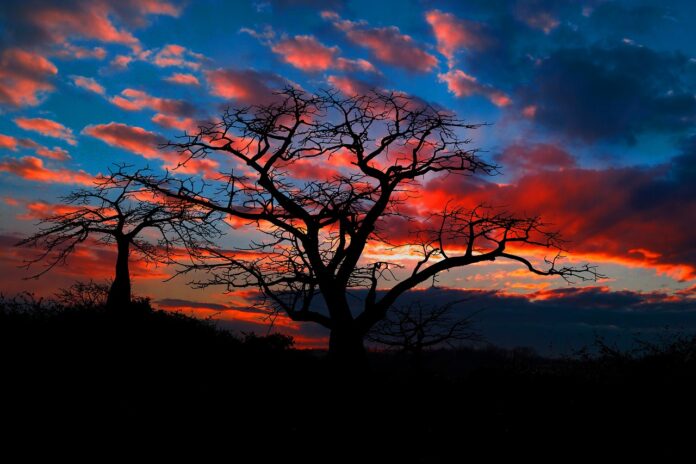25 Fascinating Facts About Angola
- Location and Borders: Angola is located in southwestern Africa. It is bordered by the Atlantic Ocean to the west, Namibia to the south, Zambia to the east, and the Democratic Republic of the Congo to the north. It also has a small border with the Republic of the Congo.
- Square: The country covers an area of approximately 1.25 million square kilometers.
- National Currency: The currency of Angola is the Angolan Kwanza (AOA).
- Official Language: The official language of Angola is Portuguese.
Interesting Facts About Angola:
- Luanda: The capital city of Angola, Luanda, is considered the most expensive city in the world to live in.
- Colonial History: Portuguese colonizers took control of Angola in 1482, and it remained a Portuguese colony until it gained independence in 1975.
- No McDonald’s: Angola is one of the few countries in the world without a single McDonald’s restaurant.
- Natural Resources: Angola is rich in oil and diamonds, though the wealth from these resources does not translate to high living standards for the majority of the population.
- Religious Ban: Angola is the only country in the world where the government has officially banned Islam, and there are no mosques in the country. Christianity is the predominant religion, with about 94% of the population being Christian.
- Official Language: Portuguese is the official language of Angola, and nearly the entire population speaks it. This makes communication easy for Angolans visiting Portugal.
- Music and Dance: Brazilian musical styles are extremely popular in Angola, likely due to the shared African heritage. The samba dance is particularly beloved.
- National Tree: The baobab tree is the most common tree in Angola and is considered the national tree.
- Life Expectancy: The average life expectancy in Angola is quite low, at just 48 years. This is due to poor living conditions, diseases like AIDS, tuberculosis, and malaria, and issues like dirty water and ongoing conflicts.
- Unique Plant: The Welwitschia plant, which can live for over a thousand years, is found only in Angola and Namibia.
- Miss Universe: In 2011, Angolan Leila Lopes won the Miss Universe beauty pageant.
- Literacy: Literacy rates in Angola are low, with about half of the population unable to read or write.
- Chinese Community: Angola has a significant Chinese community, making up about 10% of the population.
- Economy: Angola’s economy is heavily reliant on oil production, which accounts for about 85% of its economy.
- Wildlife Conservation: Many of Angola’s wild animals are endangered, but the government is working hard to restore its wildlife populations.
- Historic Artifacts: Angola is home to some of the oldest rock art in Africa, found in the Tchitundu-Hulu cave.
- Cuisine: Angolan cuisine is influenced by Portuguese, African, and Brazilian flavors, with dishes like Moamba de Galinha (chicken stew) being popular.
- Kalandula Falls: Angola boasts the stunning Kalandula Falls, one of Africa’s largest waterfalls.
- Literary Contributions: Angola has a rich tradition of literature, with many writers contributing to Lusophone African literature.
- Traditional Festivals: Angola hosts vibrant traditional festivals, such as the Luanda Carnival, showcasing the country’s diverse cultural heritage.
- Bantu Languages: Besides Portuguese, several Bantu languages are widely spoken in Angola, reflecting its ethnic diversity.
- Oil Boom: Despite economic challenges, Angola experienced a significant oil boom in the early 2000s, transforming its economy.
- Angolan Civil War: The country endured a devastating civil war from 1975 to 2002, which greatly impacted its development.
- Semba Music: Semba, a genre of traditional Angolan music, is a precursor to Brazilian samba and remains an important part of the country’s cultural identity.
- Giant Sable Antelope: The giant sable antelope, a national symbol, is native to Angola and was once thought to be extinct but has been rediscovered in recent years.
